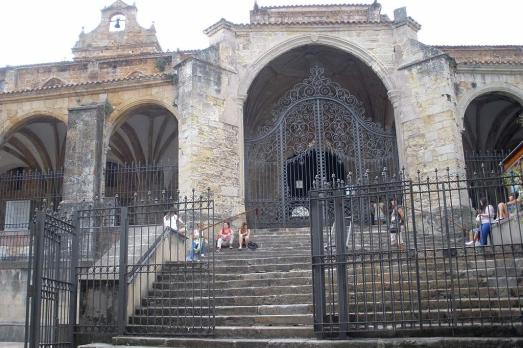
Church of Santa María de la Asunción, Laredo
Laredo, ES
The Church of Santa María de la Asunción is a 13th-century church nestled in the impressive historic centre of the city of Laredo.
Here you can search for a building to visit. You can use the map find destinations, or you can use the filters to search for a building based upon what different criteria.

Laredo, ES
The Church of Santa María de la Asunción is a 13th-century church nestled in the impressive historic centre of the city of Laredo.
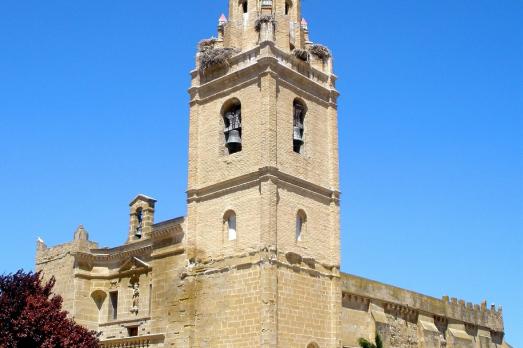
Ejea de los Caballeros, ES
The church of Santa María de la Corona was built from the 12th century. The church consists of a single nave with five bays and thick walls, covered by a pointed barrel vault supported by large buttresses. The apse is polygonal with five sections, with a window embraced on the outside and a flared window on the inside in each section.
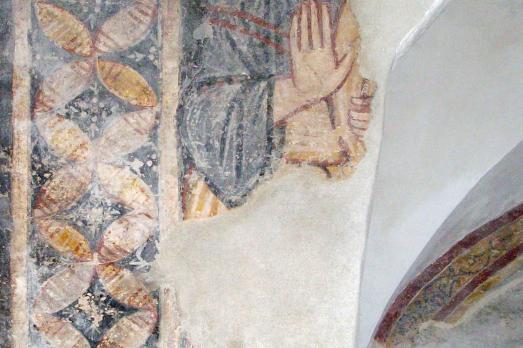
Salerno, IT
The Church of Santa Maria de Lama is one of the oldest churches in Salerno, probably built between the 10th and 11th centuries. The first church was Byzantine in its structure and was built on a pre-existing Roman building of the 2nd century. Damaged in the 13th century, the church was radically restored and decorated with frescoes. In the XVII century, the church was restored in Baroque style, which led to the loss of almost all the frescoes and mosaics. Thanks to restorations, frescoes from the 13th century, but also from the 10th and 11th century are now visible in the church.
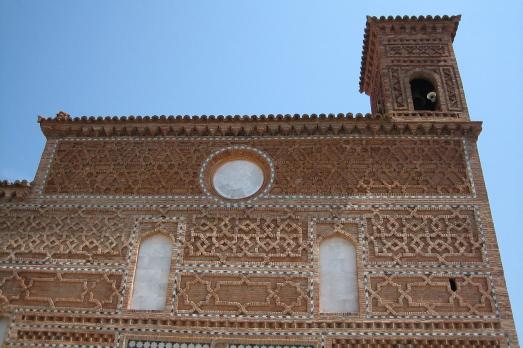
Tobed, ES
The church of Santa María de Tobed is a fortress-Gothic-Mudejar church built between 1356 and 1385. Erected by the Order of the Holy Sepulchre of Calatayud, it is a prototype of a church fortress, a concept unique in Spain at the time. On the outside, it is designed for defence, with a peripheral gallery and a defence radius. It is a UNESCO World Heritage Site with 6 other Aragonese monuments.
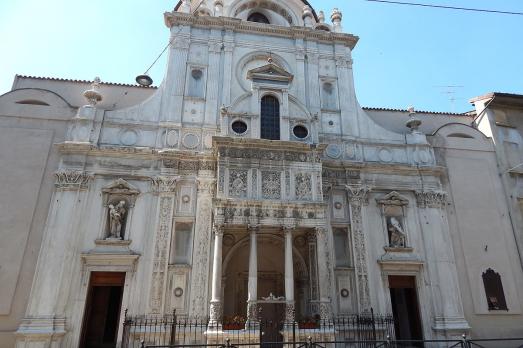
Brescia, IT
The church of Santa Maria dei Miracoli was built between 1487 and 1490, its magnificent carved façade was finished a little later in 1500. The walls and vaults of the church are also frescoed and stuccoed by different authors. Most of the murals were destroyed during the Second World War, when the building was severely damaged by bombardments that miraculously did not affect the facade and the precious sculptures of the first dome. In the following years, the sanctuary was rebuilt respecting the original building.
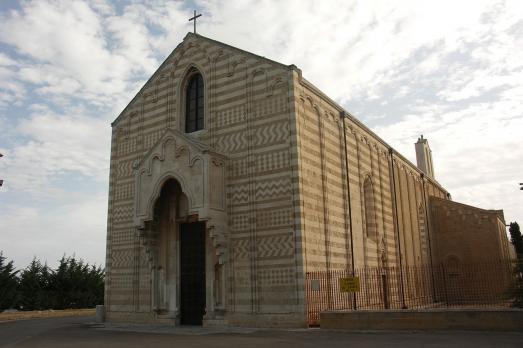
Brindisi, IT
The Church of Santa Maria del Casale is a Romanesque-Gothic church erected at the end of the 13th century on the site of a chapel that contained a venerated Marian icon. In 1811 the church was removed under Murat and was used as barracks. The Franciscans returned there in 1824 and tried to repair the very serious damage. The building was recently restored by the missionaries of the Consolata of Turin, who settled in the nearby 16th century convent.
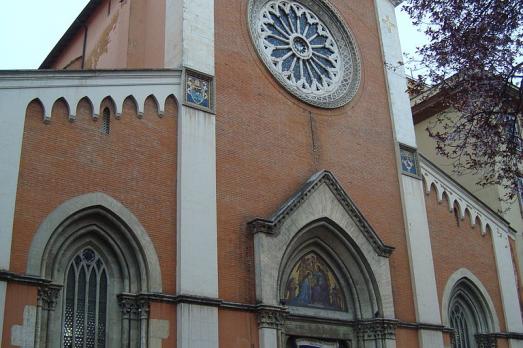
Roma, IT
The Church of Santa Maria del Rosario in Prati was built at the beginning of the 20th century and completed between 1912 and 1916 in neo-gothic style by the architect Giuseppe Ribaldi. The interior has three naves divided by pillars and five arches. The interior paintings are by Giovan Battista Conti.
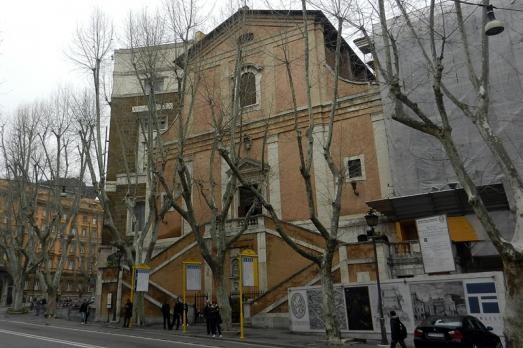
Roma, IT
The Church of Santa Maria della Concezione dei Cappuccini, built between 1626 and 1631 by order of Pope Urban VIII (1623-1644) to house the tomb of his brother Antonio Barberini. The building houses a popular crypt-shrine decorated with the bones of about 4000 Capuchin friars, collected between 1528 and 1870 in the former cemetery of the Capuchin order, which was located in the church of Santa Croce e Bonaventura dei Lucchesi, near the Quirinale.
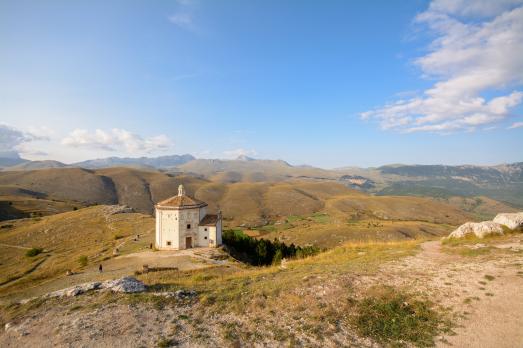
Rocca, IT
The church of Santa Maria della Pietà was founded in 1596 on a pre-existing Renaissance building. It has an octagonal exterior structure. The main portal, closed by a wooden door, is in Baroque style and faces south, surmounted by an arched tympanum interrupted by a small aedicula; to the right and left are two other small aedicula, also empty.
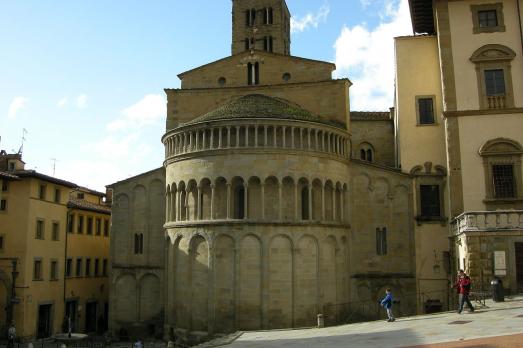
Arezzo, IT
The church of Santa Maria della Pieve is first mentioned in 1008, but the present church was not begun until the 12th century. The high bell tower was finished in 1330, and during the 16th, 17th and 18th centuries the church was modified inside with stuccoes and decorations in Baroque style. In the 19th century, restoration work eliminated all Baroque additions in order to restore the church to its original Romanesque appearance.

new
As a university city, cultural offerings abound in Tartu and will reach their peak after being designated one of three European Capitals of Culture for 2024. In this list, we've compiled the most interesting sacred places to visit in and around the old town.

Bodø has evolved from a picturesque fishing village to a bustling cultural epicentre in the northeastern Norwegian county of Nordland. Here is a list of the top churches to visit in Bodø, the only European Capital of Culture above the Arctic Circle.

The small Austrian spa town of Bad Ischl is known for its beautiful nature and peaceful atmosphere. Emperor Franz Joseph I of Habsburg, described it as an "earthly paradise". Here is a list of religious heritage sites you should visit.